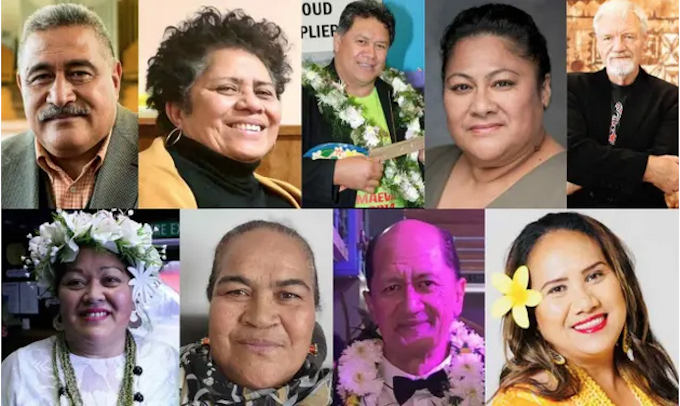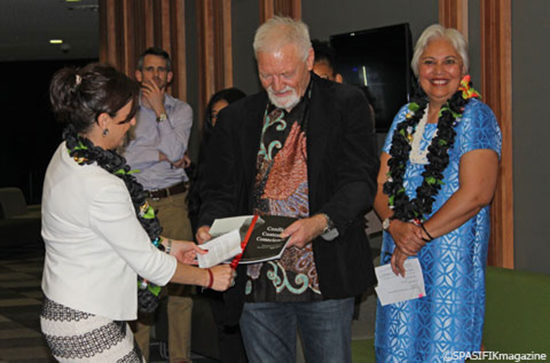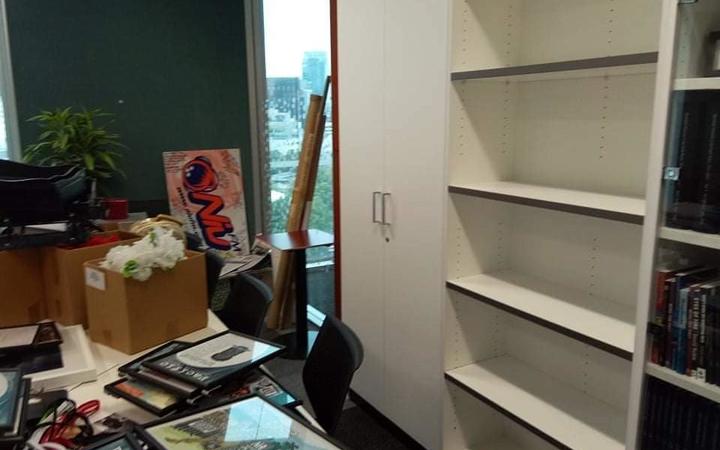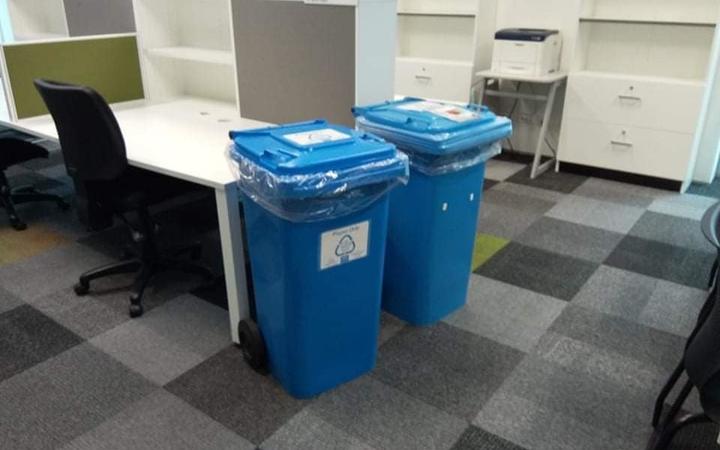Global Voices interviews veteran author, journalist and educator David Robie who discussed the state of Pacific media, journalism education, and the role of the press in addressing decolonisation and the climate crisis.
Professor David Robie is among this year’s New Zealand Order of Merit awardees and was on the King’s Birthday Honours list earlier this month for his “services to journalism and Asia-Pacific media education.”
His career in journalism has spanned five decades. He was the founding editor of the Pacific Journalism Review journal in 1994 and in 1996 he established the Pacific Media Watch, a media rights watchdog group.
He was head of the journalism department at the University of Papua New Guinea from 1993–1997 and at the University of the South Pacific from 1998–2002. While teaching at Auckland University of Technology, he founded the Pacific Media Centre in 2007.
- READ MORE:Eyes of Fire – 30 years On microsite on the Rainbow Warrior
- Other Global Voices reports on David Robie
He has authored 10 books on Asia-Pacific media and politics. He received the 1985 Media Peace Prize for his coverage of the Rainbow Warrior bombing — which he sailed on and wrote the book Eyes of Fire: The Last Voyage of the Rainbow Warrior — and the French and American nuclear testing.
In 2015, he was given the Asian Media Information and Communication Centre (AMIC) Asian Communication Award in Dubai. Global Voices interviewed him about the challenges faced by journalists in the Pacific and his career. This interview has been edited for length and clarity.
MONG PALATINO (MP): What are the main challenges faced by the media in the region?
DAVID ROBIE (DR): Corruption, viability, and credibility — the corruption among politicians and influence on journalists, the viability of weak business models and small media enterprises, and weakening credibility. After many years of developing a reasonably independent Pacific media in many countries in the region with courageous and independent journalists in leadership roles, many media groups are becoming susceptible to growing geopolitical rivalry between powerful players in the region, particularly China, which is steadily increasing its influence on the region’s media — especially in Solomon Islands — not just in development aid.
However, the United States, Australia and France are also stepping up their Pacific media and journalism training influences in the region as part of “Indo-Pacific” strategies that are really all about countering Chinese influence.
Indonesia is also becoming an influence in the media in the region, for other reasons. Jakarta is in the middle of a massive “hearts and minds” strategy in the Pacific, mainly through the media and diplomacy, in an attempt to blunt the widespread “people’s” sentiment in support of West Papuan aspirations for self-determination and eventual independence.
MP: What should be prioritised in improving journalism education in the region?
DR: The university-based journalism schools, such as at the University of the South Pacific in Fiji, are best placed to improve foundation journalism skills and education, and also to encourage life-long learning for journalists. More funding would be more beneficial channelled through the universities for more advanced courses, and not just through short-course industry training. I can say that because I have been through the mill both ways — 50 years as a journalist starting off in the “school of hard knocks” in many countries, including almost 30 years running journalism courses and pioneering several award-winning student journalist publications. However, it is important to retain media independence and not allow funding NGOs to dictate policies.
MP: How can Pacific journalists best fulfill their role in highlighting Pacific stories, especially the impact of the climate crisis?
DR: The best strategy is collaboration with international partners that have resources and expertise in climate crisis, such as the Earth Journalism Network to give a global stage for their issues and concerns. When I was still running the Pacific Media Centre, we had a high profile Pacific climate journalism Bearing Witness project where students made many successful multimedia reports and award-winning commentaries. An example is this one on YouTube: Banabans of Rabi: A Story of Survival
MP: What should the international community focus on when reporting about the Pacific?
DR: It is important for media to monitor the Indo-Pacific rivalries, but to also keep them in perspective — so-called ”security” is nowhere as important to Pacific countries as it is to its Western neighbours and China. It is important for the international community to keep an eye on the ball about what is important to the Pacific, which is ‘development’ and ‘climate crisis’ and why China has an edge in some countries at the moment.
Australia and, to a lesser extent, New Zealand have dropped the ball in recent years, and are tying to regain lost ground, but concentrating too much on “security”. Listen to the Pacific voices.
There should be more international reporting about the “hidden stories” of the Pacific such as the unresolved decolonisation issues — Kanaky New Caledonia, “French” Polynesia (Mā’ohi Nui), both from France; and West Papua from Indonesia. West Papua, in particular, is virtually ignored by Western media in spite of the ongoing serious human rights violations. This is unconscionable.
Mong Palatino is regional editor of Global Voices for Southeast Asia. An activist and former two-term member of the Philippine House of Representatives, he has been blogging since 2004 at mongster’s nest. @mongster Republished with permission.
This content originally appeared on Asia Pacific Report and was authored by Pacific Media Watch.
This post was originally published on Radio Free.



